Welcome to Heliconias... Heliconias... Heliconias
This blog is all about growing Heliconias, an exotic plant not native to Malaysia. All pictures shown are digital photos of the actual species in my garden such as Rostrata, Dwarf Jamaican, Latispatha and several psittacorums such as Andromeda, Lady Di, Fuschia, Strawberry & Cream and hybrids such as Golden Torch and Alan Carle.
Heliconia are close relatives of gingers, bananas, birds-of-paradise and traveler’s palms. There are more than 200 (350 including cultivars) documented species of the single genus, with the bulk of them originating from Central and South America such as Guyana, Costa Rica, Berlize, Ecuador, Peru and Brazil. You may be interested to note that about 6 species have evolved separately in the South Pacific and Indonesia, and typically have green inflorescence.The name "heliconia" actually comes from Greek mythology after the great Mount Helicon, the abode of the muses of the arts and sciences.
The beauty of the heliconia lies in the brightly coloured bracts that are mistakenly called the flowers. The actual flower is the tiny little flowers that emerge from the large showy bracts. Each stem can only flower once, after which the entire stem deteriorates, drives up and collapses. As such, it is recommended to cut at the base of 'flowered-out' stems.
BTW, this blog has been read by visitors from Australia, Brazil, Chile, Colombia, France, India, Japan, Malaysia, Philippines, Puerto Rico, Mexico, Netherlands Antilles, Netherland, Singapore, Spain, Thailand, Trinidad & Tobago, United Kingdom & United States of America :-)
16th Sept 2009 : 17:30
Watching Flower Growth : Lady Di (2nd Round)

3rd December 2008

2nd December 2008

1st December 2008

30th November 2008

29th November 2008

28th November 2008

27th November 2008

26th November 2008

25th November 2008

24th November 2008

22nd November 2008

20th November 2008

19th November 2008

18th November 2008

17th November 2008
Did you notice the yellow perianth between the 2 red bracts ?

16th November 2008
Did you notice the ant on the distal one third of the LH unopened bract ?
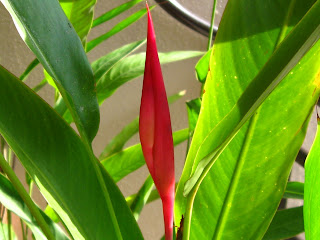
15th November
2 bracts clearly visible.

13th November 2008
2nd bract starting to be visible

12th November 2008

10th November 2008

9th November 2008
Shooting up red and straight...

8th November 2008

7th November 2008
Wow, just spotted a new inflorescence growing on my Lady Di. The previous flower watch did not capture such an early growth. So, I have decide to record another flower growth for Lady Di :-)
 3rd December 2008
3rd December 2008 2nd December 2008
2nd December 2008 1st December 2008
1st December 2008
 29th November 2008
29th November 2008 28th November 2008
28th November 2008



 22nd November 2008
22nd November 2008
 19th November 2008
19th November 2008 18th November 2008
18th November 2008 17th November 2008
17th November 2008 16th November 2008
16th November 2008 15th November
15th November 13th November 2008
13th November 2008 12th November 2008
12th November 2008 10th November 2008
10th November 2008 9th November 2008
9th November 2008 8th November 2008
8th November 2008 7th November 2008
7th November 2008

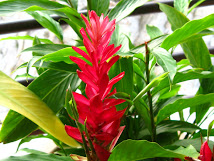
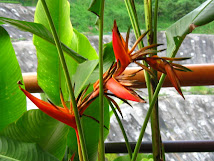


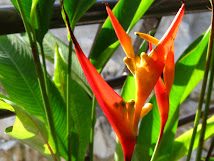
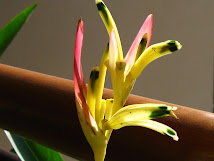

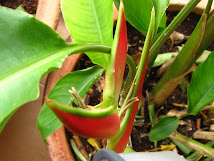


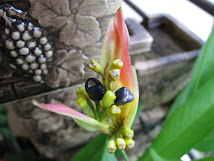
No comments:
Post a Comment